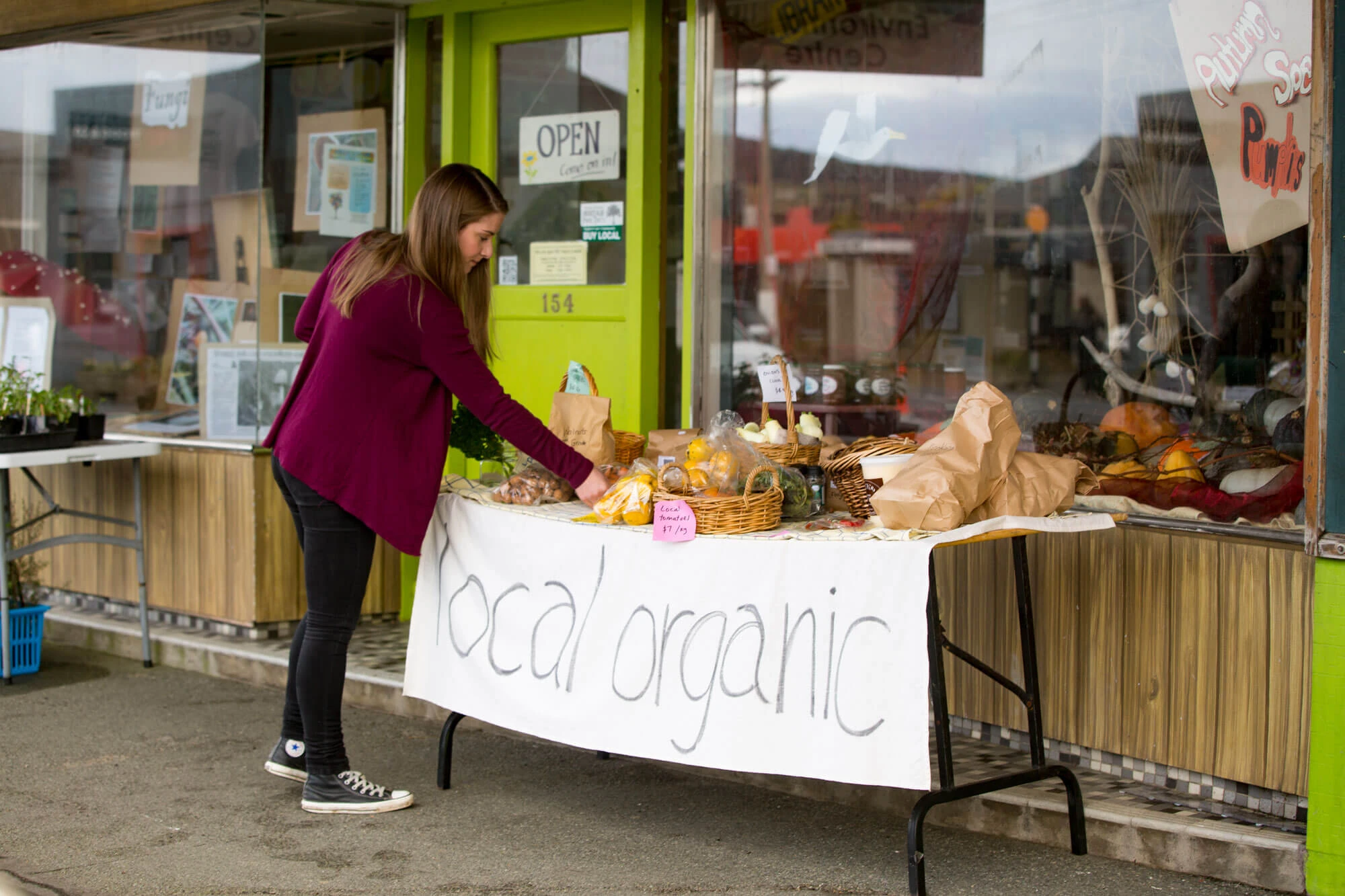Coriander (Coriandrum sativum)
Introduction
Coriander, commonly known as Chinese parsley, is an annual herb belonging to the carrot family (Umbelliferae). It is a native of the Mediterranean region and one of the earliest spices used by mankind.
Fresh leaves provide an extra tang in Asian dishes, with the dried seeds used in curry powders, chutneys, confectionery, cakes and sauces. Coriander oil is used to flavour alcoholic beverages, candies, meat, sauces and tobacco. The fruits and oil are also used medicinally for a number of purposes.The market potential for the herb in New Zealand is not great. Fresh Coriander for the local restaurant trade may be the best option for this crop. Coriander does not mind heat and cold and is tolerant to some drought. It is perhaps more suited to the inland drier regions of Southland and Central Otago.
Growing Coriander
| Propagation: | From seeds. |
| Yields/ha: | Depends on the product you are aiming for. Fresh herb, oil etc. |
| Time of maturity: | If planted is September–October you would expect to harvest in March–April. |
| Soil type: | Fertile silt loam. |
| Fertilisers: | Phosphate and nitrogen are required depending on soil status. |
| Weed control: | Pre sowing herbicide treatments are required to control weeds. At present there are no registered chemicals for this crop. This crop shows similar tolerance to chemicals as those used in carrot production. |
| Pest/Diseases: | Pseudomonas (in seed crops). |
| Harvesting: | Timing the harvest can be difficult. Seeds are harvested when they are brown but before they drop. Young leaves can be picked at any time. |
| Marketing: | Spice exports may be difficult due to the volume of overseas product. The main market is most likely the local fresh restaurant trade. |





